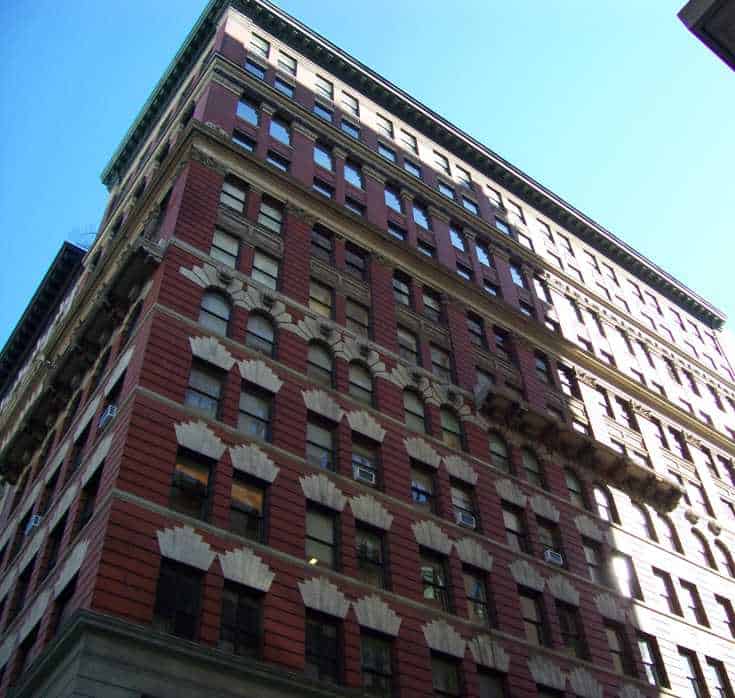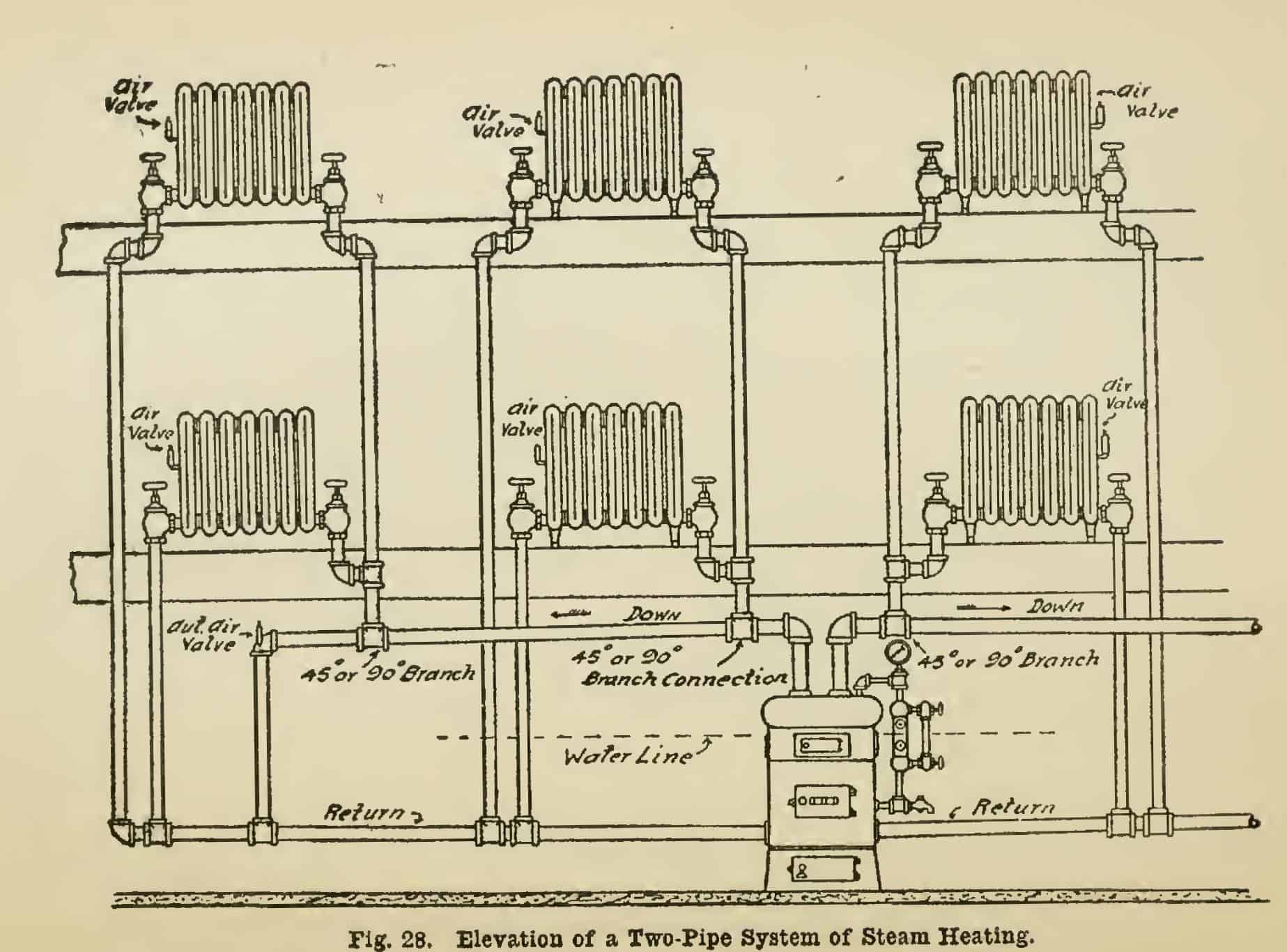CASE STUDY – COMMERCIAL OFFICE COOPERATIVE

Services:
IGP provided Owner’s Representative, Project Management and Financial Advisory services to assist the Owner in selecting the LL87/09 energy auditing team and the LL87/09 Retro-commissioning team to “comply early” in 2013. IGP also assisted the Owner of this historic Fifth Avenue commercial cooperative to access funding from NYSERDA’s Flex Tech Program to fund some of the retro-commissioning costs. IGP also does the LL84 Benchmarking every year.
IGP researched the history of the building and brought in an historical steam heating expert who determined that the building had a unique turn-of-the-century two-pipe/air vent heating system that was installed before the steam trap for buildings was invented in 1905. The proper energy efficiency measure was to replace the air vents, not add steam traps.
Source: 2-Pipe Air Vent System; Radford’s Cyclopedia of Construction by William A. Radford (1909)
Building’s Steam Heating History:
This building was built in stages from 1900 to 1909. In 1900 it was a ten-story building. The eleventh story was added in 1905 and two more floors were added in 1909. Floors 1-11 have a two-pipe steam system and floors 12-13 have a one-pipe steam system. Between 1905 and 1930 more than two dozen completely different types of steam systems were invented.
The first successful “one-pipe” steam radiator was invented in 1854 by a New Englander named Stephen Gold. Steam and condensate shared the same radiator connection, so it was problematic from the start. Providing a second pipe was the beginning of what is called a “two-pipe/air vent” steam system which operates as a “one-pipe” system in that both the supply and return lines have steam and condensate traveling in opposite directions. This office building has this hybrid system, as do several other old buildings in New York City.
Air vents weren’t very sophisticated in those days so steam in both the supply and return lines moved toward the open air vents, which tended to spit water all over curtains and walls. With the invention of the thermostatic radiator trap in 1905, the two-pipe/air vent system passed into heating history (although like this building, there are still many in operation today).
Property Information:
- Market Type: Commercial Office Cooperative. This is a historic landmark building in the Union Square area of NYC.
- Building Area: 108,445 square feet
- Total Units: 13: 11 commercial; 2 retail
- Built: 1901 to 1909
- Original Heating Fuel: No. 6 oil. Converted to Natural Gas
- Projects: LL84/09, LL87/09 including extensive historical research of the heating system
- Incentive Program Approved: NYSERDA FlexTech Program to determine the appropriate LL87 Retro-commissioning recommendations for this unique heating distribution system.

Project Results:
LL87 Project:
IGP and the LL87 registered design professional recommended several LL87 retro-commissioning measures to achieve optimal efficiency from this now obsolete two-pipe/air vent steam heating system. IGP’s research and collaboration with a renowned steam heating historian decided it was to treat this building’s radiators as a “one-pipe” steam.
- each of the approximately 270 radiators should have a functioning air vent
- All steam traps should be removed
- TRVs should be correctly installed only on the return side between the air vent and the radiator
- All other TRVs should be removed.
LL97 & LL33 Energy Efficiency Site Visit Project:
IGP also completed the LL97 & LL33 Improvement Site Visit in early 2020 and made the following recommendations: LEARN MORE
“The Board of this historic landmark commercial office building achieved an Energy Star benchmarking rating of 64. Since the Board continues to invest in energy efficiency improvements to the building, including new windows, it decided to seek the coveted “Energy Star Certification”, which requires increasing its energy performance rating to 75 or higher.
The Board hired IGP to assist it with the “early compliance” terms and conditions of Local Law 87/09 Energy Audit & Retro-commissioning and to oversee the EPA Energy Star Label application process. During the audit process IGP brought in an historical steam heating expert who determined the building had a unique two-pipe/air vent steam heating system. The owner now knows exactly how to make this hybrid system operate with maximum efficiency.”
Commercial Office Building on Lower Fifth Avenue, Manhattan
The Senior Property Manager
The Board hired IGP again in 2020 to to the IGP Energy Efficiency Site Visit and Report. Among many new energy efficiency recommendations, IGP showed them the thermal images of the elevator shaft windows which were letting in excessive amounts of cold air in January 2020. They had replaced all the windows in the building, except for the old single pane elevator shaft windows. The boiler was still working overtime due to the cold drafts coming in on each of the thirteen floors. The Board decided to replace these windows with double pane windows too.
